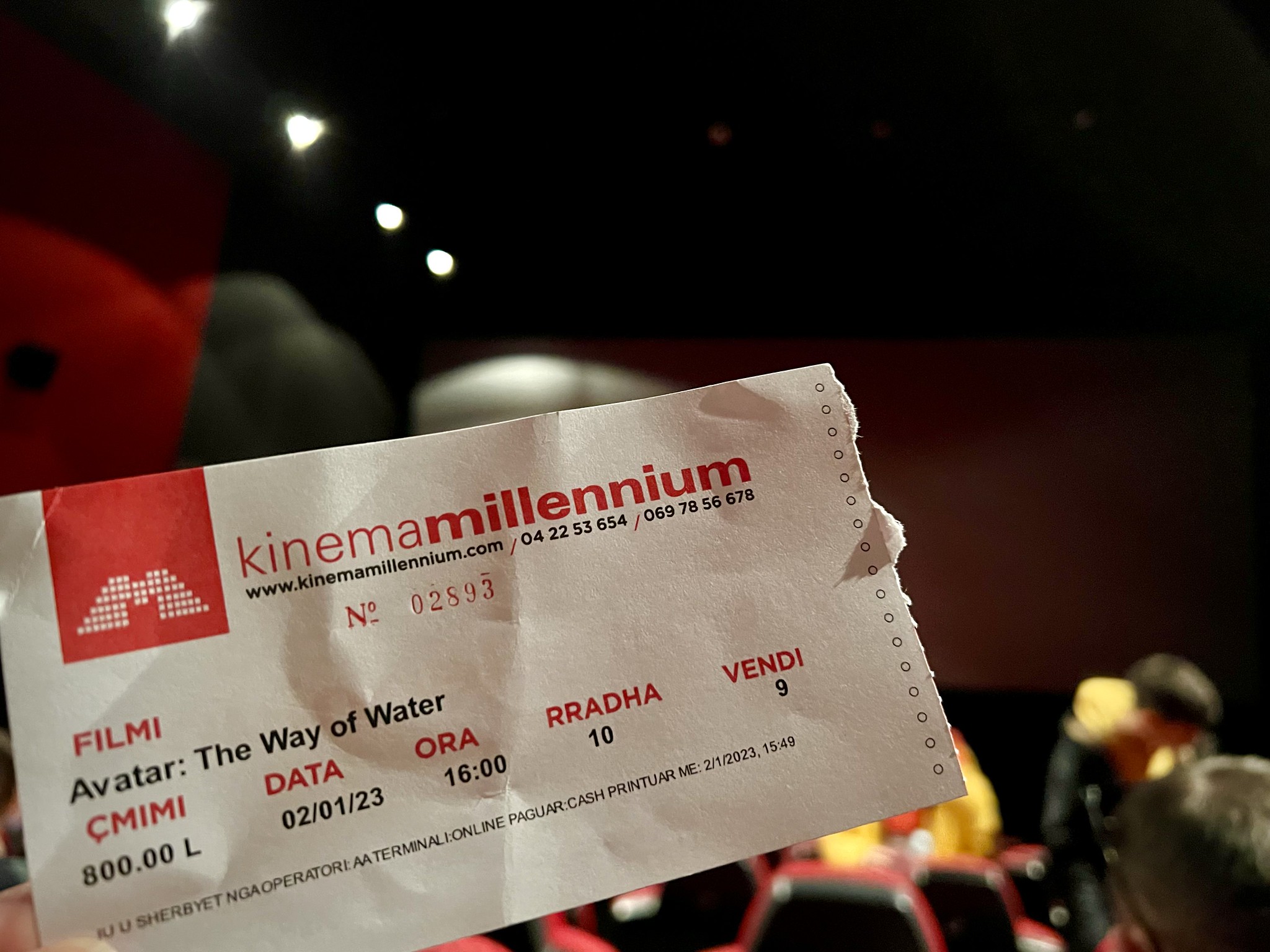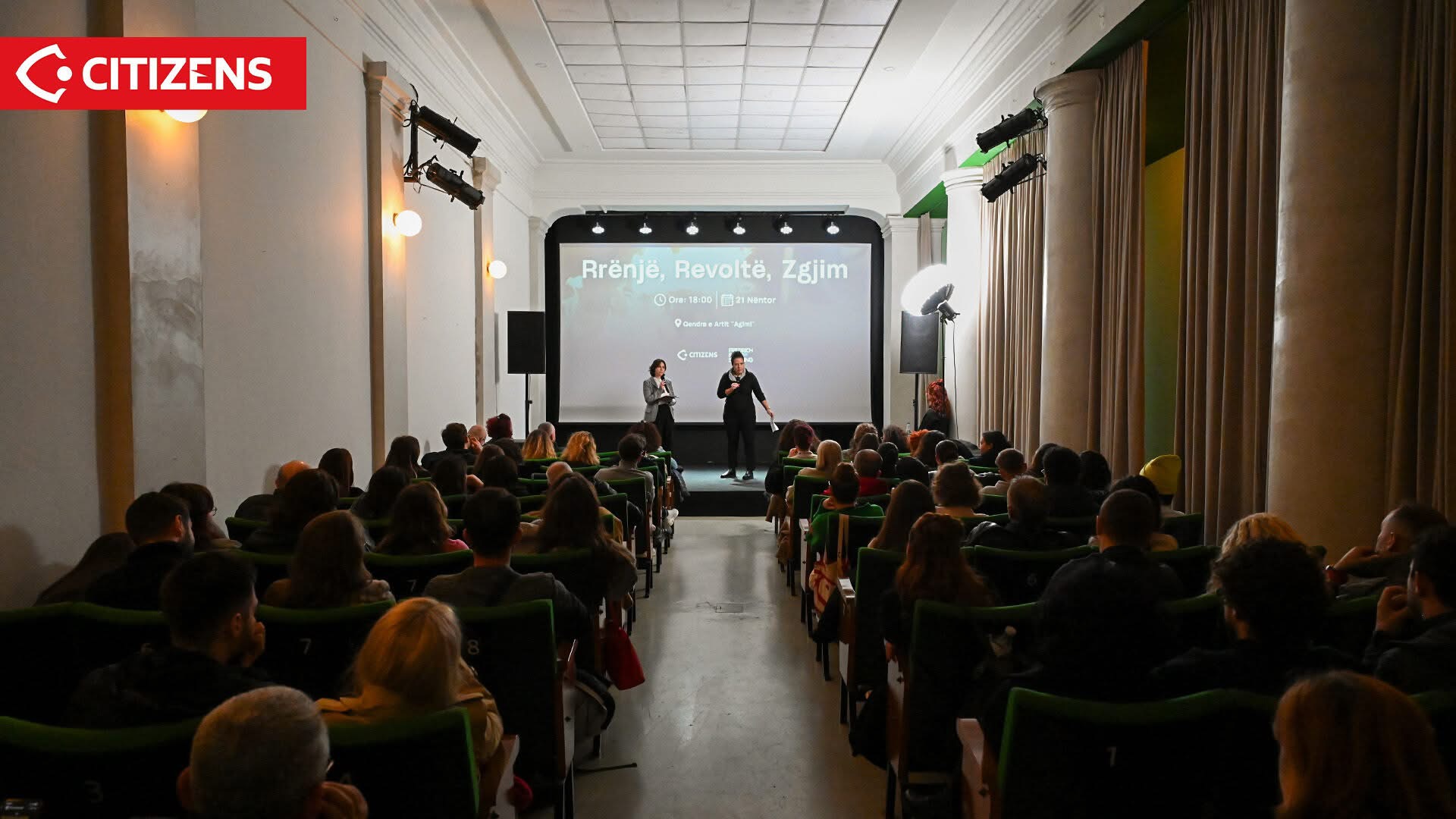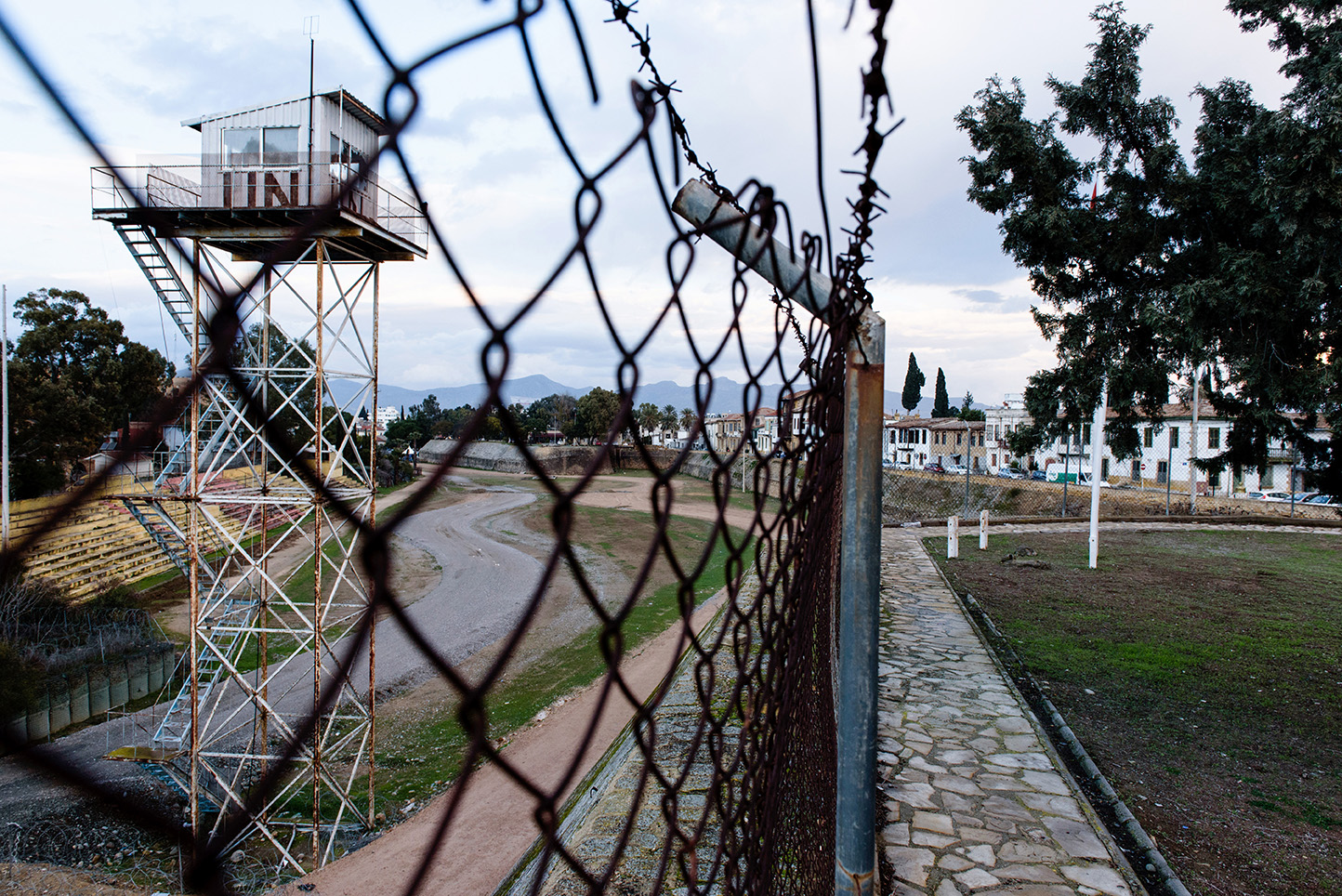Cinema in Albania: Between limited spaces and the need for revival
Once vibrant hubs of community life, Tirana’s cinemas have largely faded. Despite this, a burgeoning movement for revival is underway, with figures from the municipality and independent filmmakers working to re-establish cinema as a vital part of Tirana’s cultural identity

Cinema-in-Albania-Between-limited-spaces-and-the-need-for-revival
© Sharon Hahn Darlin/Flickr
Cinema Brigada, 17 Nëntori, Republika, Dajti, Partizani, and Agimi — once important locations for the citizens of Tirana during the communist era and after the fall of the dictatorship — stand as a testimony to how Tirana has violently erased its cinematic memory.
By the Lana River, which runs through the heart of the Albanian capital, the evening lights and architectural features of the building draw attention to what is now known as “the former Agimi Cinema.” Until the 1960s, it was called “the Soviets’ cinema,” because it was built in a neighborhood inhabited by Soviets working in Albania. However, left in a state of decay, this
cinema was returned to the capital’s public two years ago — no longer as a cinema, but as a multifunctional center: the Agimi Art Center.
In Tirana, cinemas can be counted on one hand. Aside from the Agimi Art Center, which is the only state-run space with proper standards for film projection, there are only two other cinemas: Maks Velo on the city’s outskirts, and the cinema of the Central State Film Archive.
Jonid Jorgji, director and head of the Creative Industries Agency at Tirana Municipality, which manages the Agimi Art Center, says that Tirana is at an interesting moment regarding the rich history and memories of neighborhood cinemas.
“There aren’t dozens of theaters yet, but there are reference points, nests for cinema lovers, and the most beautiful part is that they’re always in search of their audience. The projector lights are starting to turn on again, slowly but with determination.”
According to him, the Agimi Cultural Center, Maks Velo Cinema, and the Central State Film Archive hall are the most meaningful examples of cinema returning as part of civic identity.
“Cinema is not a relic, it’s alive. There’s still much to be done, but the narrative has changed, cinema is increasingly seen as a public heritage, not just a business,” Jorgji adds.
However, the situation remains far from the ideals of the past.
“Unfortunately for Tirana, most of the cinemas built during the communist period no longer exist. Sadly, international conventions on the number of cinemas required per population have not been respected, and we don’t even have clear statistics on public interest in Albanian cinema, aside from private ones,” says Gjyljana Bakalli, who has just launched an online cultural platform called Almanart, where people can get informed about cultural and artistic events in the capital.
Until the late 1990s, Tirana had nine cinemas. Today, aside from the three public/state-managed venues, there is one private cinema Millennium and other spaces such as Cineplexx in shopping malls.
For the film director Romina Ruda, venues like the Agimi Art Center and Maks Velo could successfully compete with private cinemas by screening films that are not shown elsewhere, at reasonable prices or even for free.
Recently, driven by the need for an independent, free space where Albanian films could find an audience beyond the industry insiders who occasionally attend premieres, Ruda launched the Nightflix initiative at the Agimi Art Center.
“The other reason was the discussion after screenings, to encourage critical thinking about how we see and interpret films. Nightflix also served as a modest form of masterclass, where the audience learned to speak about film on a more professional level,” says Romina. She emphasizes that it is a voluntary initiative, without any financial support, and is therefore open to everyone for free.
Cinema as Art: Public Thirst and Systemic Challenges
For Romina Ruda, creating an auteur film in Albania is very difficult without public funding. However, the only support for an artistic film remains the National Center of Cinematography which, according to Ruda, automatically undermines the notion of a truly independent production, due to connections and state interests. The alternative is co-productions with other countries.
“To achieve that, you need years of investment in time and finances, attending film festivals, traveling to pitch the project, and so on. In this context, even though I believe there will always be space and need for auteur cinema, I see this endeavor as a luxury that very few can afford,” Ruda argues.
The situation is more optimistic for director and head of the Creative Industries Agency at Tirana Municipality, Jonid Jorgji.
According to him, there are many spaces for independent films in the capital.
“The audience is changing. There’s a new thirst for real stories, for films that don’t measure success by box office but by emotional resonance. Independent spaces are growing stronger year after year, film nights in alternative venues bring together people who want to think, not just be distracted,” says Jorgji.
Besides the limited number of cinemas in Tirana, there’s a noticeable rise in alternative and independent spaces.
“Destil, Tek Bunkeri, Dua Center — in recent years they have taken on the role of a public cinema. Through programs dedicated to local and regional cinema, or specific retrospectives, they have committed to promoting young voices or highlighting cinema classics,” says Romina Ruda.
Asked about a long-term strategy for supporting cinema in the city, Jonid Jorgji says we are at the beginning of this journey.
“If the voices of creators, audiences, and institutions come together, I strongly believe we can build a city where cinema is not just weekend entertainment but a part of everyday cultural life. Should we talk more about film education in schools? Yes. Should we have a network of public cinemas? Absolutely,” concludes Jorgji.
Meanwhile, for Romina Ruda, the space for fostering education and critical thinking through cinemas is already there and should be a primary goal.
“Supporting local directors by giving them space to show their work for longer and more affordably than in private cinemas, collaborating with educational institutions to implement cinema into students’ annual curriculum, and creating programs to enhance critical thinking — which is clearly lacking in our country,” says Romina Ruda.
She adds that these are essential pillars for building a public cinema that serves its citizens.
This publication has been produced within the Collaborative and Investigative Journalism Initiative (CIJI ), a project co-funded by the European Commission. The contents of this publication are the sole responsibility of Osservatorio Balcani Caucaso Transeuropa and do not reflect the views of the European Union. Go to the project page
Tag: Cinema










